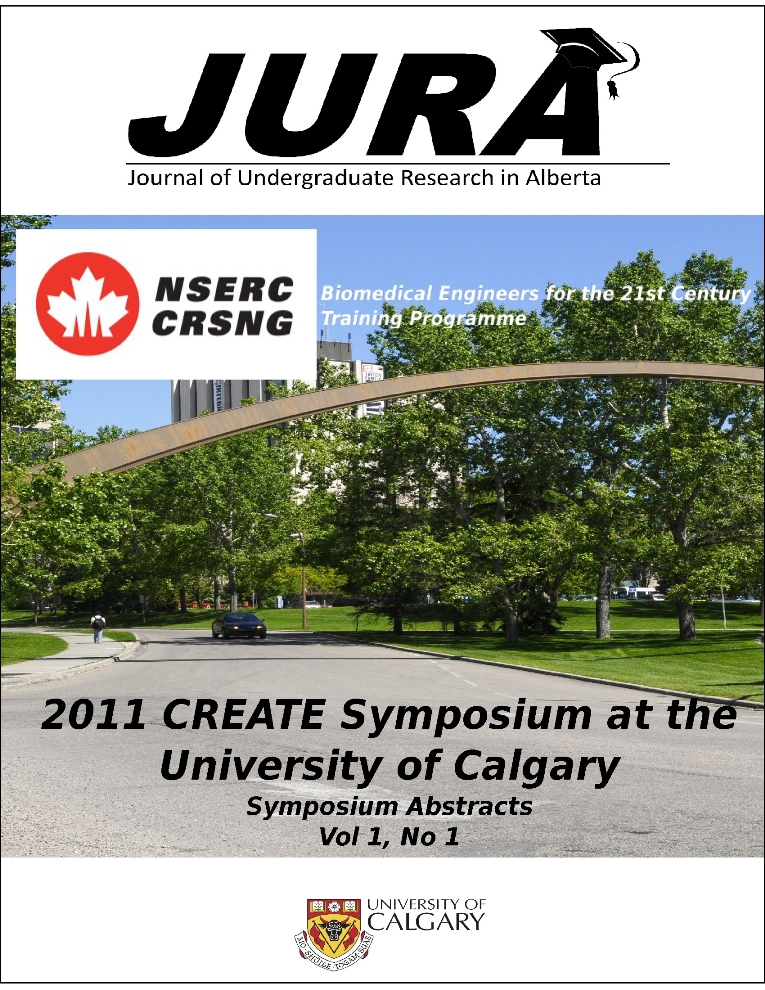MRI-Based Knee Joint Laxity Measure in Healthy Individuals
Keywords:
Knee Joint, Laxity,Abstract
A functional MRI based knee joint laxity device was developed by the current research group to enable three-dimensional (3D) evaluation of change in ligament length as a function of loading [1]. Previous studies have used the knee loading apparatus (KLA) to quantify knee joint laxity in the dominant leg of healthy individuals [1]; however anterior laxity of the knee is reported clinically as a left-right difference, and not absolute values [2]. Therefore, the purpose of this study was to quantify side-to-side differences in knee joint laxity using the KLA in a healthy population. It was hypothesized that there would be no statistically significant differences in knee joint laxity between legs for healthy individuals. One healthy female with an intact anterior cruciate ligament was recruited and tested 3 times during the span of 10 days. Magnetic Resonance (MR) imaging was used in conjunction with the KLA to obtain images of the knee joint geometry during an unloaded state and at an anterior load of 133 N. Sagittal images of the knee were manually digitized using SliceOmatic (Tomovision) to obtain 3D volumes of the femur and tibia. The displacement of the tibia at 133N was obtained from the 3D joint position of the femur relative to the tibia, specifically anterior displacement of the tibia [1]. Due to complications with data collection, results are only available for day 2 for the right leg, and days 1 and 3 for the left leg. The anterior displacement of the tibia under an anterior load of 133N was 1.29 mm for the right leg, and 0.62 ± 0.42 mm for the left leg. Due to the sample size of 1, statistical analysis was not performed. This is preliminary data; future studies will increase the number of subjects and collect data at multiple load levels.
Downloads
References
2. Daniels, D.M., et al., J Bone Joint Surg Am (1985).
Downloads
Published
Issue
Section
License
Authors retain all rights to their research work. Articles may be submitted to and accepted in other journals subsequent to publishing in JURA. Our only condition is that articles cannot be used in another undergraduate journal. Authors must be aware, however, that professional journals may refuse articles submitted or accepted elsewhere—JURA included.


